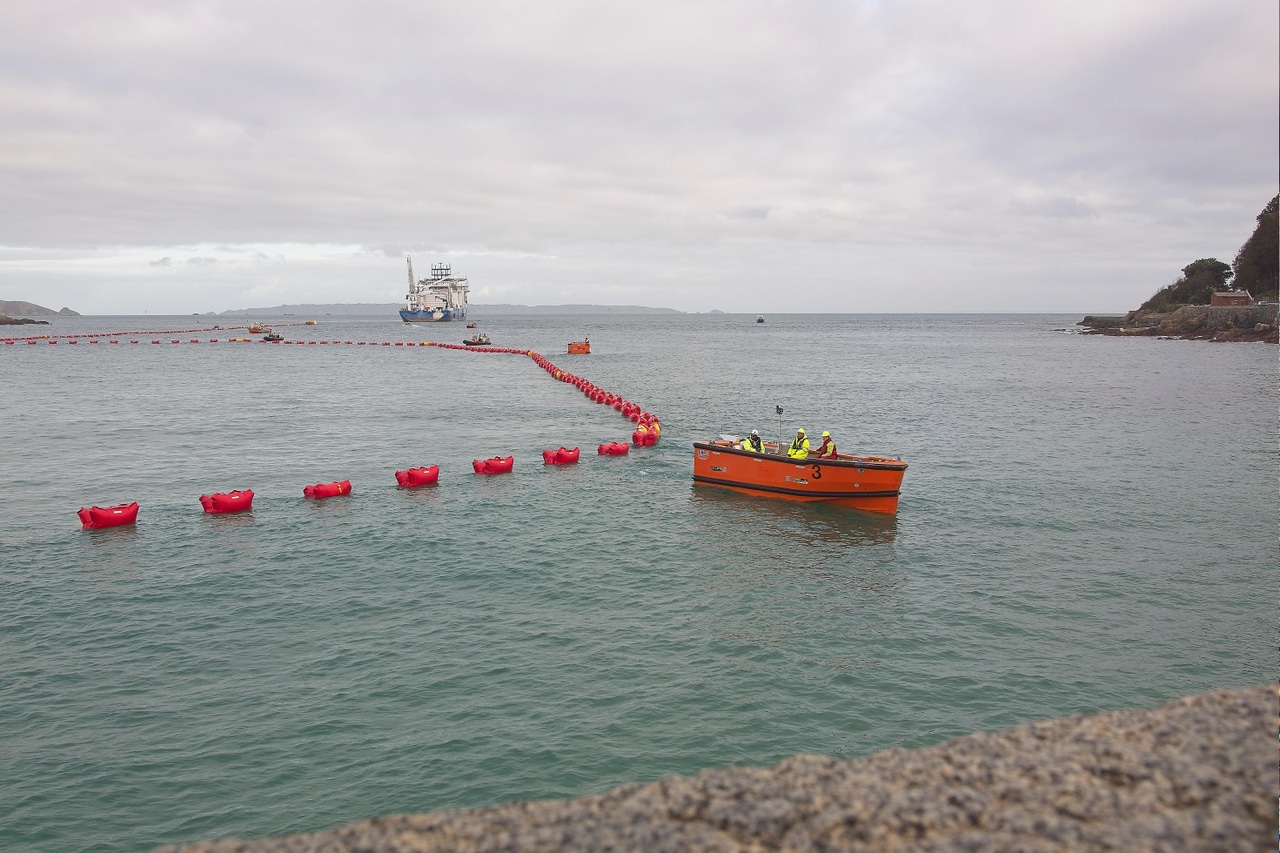Equinix Connects to New Submarine Cable Linking Australia to U.S.Equinix Connects to New Submarine Cable Linking Australia to U.S.
Southern Cross’ new NEXT submarine cable system adds much-needed transpacific bandwidth for internet traffic.

Equinix today announced that its Los Angeles and Sydney, Australia, data centers will provide connectivity to Southern Cross Cables’ new NEXT submarine cable system, which bolsters bandwidth between Australia and New Zealand to the United States, Equinix executives said.
Southern Cross recently launched the new submarine cable network that stretches across the Pacific Ocean, from Australia and New Zealand to Los Angeles. The new network, which spans 15,840 km – or 9,842 miles – increases the aggregate capacity of Southern Cross’ transpacific networks by 500% and provides the lowest latency path between the countries, Equinix said.
“This new system is faster and has way more capacity,” said Jim Poole, Equinix’s vice president of business development, in an interview with Data Center Knowledge.
Equinix’s LA4 International Business Exchange (IBX) data center in Los Angeles serves as the Southern Cross NEXT system’s cable landing station, the location where the undersea fiberoptic cable terminates. On the other end of the network, Southern Cross also uses an Equinix IBX data center as its cable landing station in Sydney, Equinix said.
In other words, Equinix’s data centers are the interconnection points, enabling its customers to access the new transpacific network, Poole said.
“All the hyperscalers have gateways with us. In addition, a couple of hundred large enterprises colocate with us. From Southern Cross’ perspective, it’s immediate monetization. The buyers of capacity on that system are co-residents in the same campus,” he told Data Center Knowledge.
Demand for cloud services, digital media, and e-commerce is fueling the demand for increased capacity between Australia and the U.S., Equinix said. In fact, content providers are the primary consumers of transpacific bandwidth, accounting for 78% of the bandwidth usage in 2022, the colocation provider said, citing statistics from TeleGeography, a telecommunications market research company.
Tim Stronge, vice president of research at TeleGeography, said Equinix’s partnership with Southern Cross on the new undersea cable network is part of the company’s strategy to become more integrated with the submarine cable business.

The cable network consists of three diverse submarine cable routes, more than 20 access points, and over 43,000km.
Historically, cable operators built a landing station on or very close to shore and customers wanting to use the undersea network would have to backhaul to a nearby data center. Cable operators increasingly are partnering with third-party data center operators to house their landing station, which benefits both parties, he said.
“A company like Equinix gets their customers better access to international networks directly coming into their building,” Stronge said. “And the cable operator gets someone to handle all the headaches of property management, electricity, and power backup. It provides their customers — anyone leasing their cable — with a really good, rich network ecosystem to interconnect with.”
Equinix's 'Cable Landing Station-Enabled' Strategy
Equinix said more than 50 Equinix metro locations are “cable landing station-enabled,” meaning Equinix IBX data centers are close enough to the coast to support a cable landing station deployment. Since 2015, Equinix has won 50 subsea cable projects and is tracking over 60 projects with go-live dates within the next two years, the company said.
Stronge said the strategy makes sense for Equinix.
“The value of their facilities is dictated by how many customers interconnect there,” he said. “So bringing in a cable to your facility really expands its international reach and makes it even more attractive than it was before.”
Potential customers for Southern Cross’ NEXT submarine cable system include hyperscalers, other cloud service providers, research and educational networks, governments, traditional telecommunications providers, and internet service providers, Stronge said. Large enterprises could also buy directly from Southern Cross, but they often get capacity through an intermediary such as a telecom carrier, he said.
Southern Cross spent about two years installing the new submarine cable network. The company launched the network in July 2022 and began offering 400 Gigabit Ethernet service in January 2023. It includes the first submarine fiber connections to Tokelau and Kiribati in the Pacific Islands.
About the Author
You May Also Like









